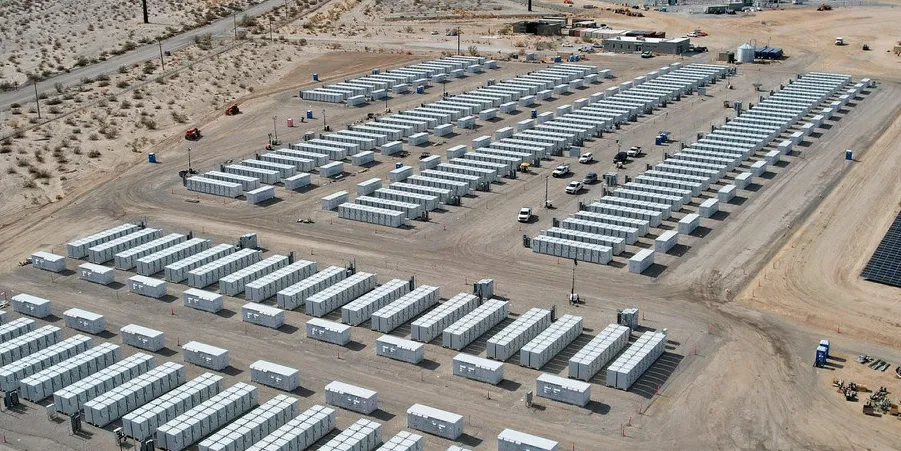US 2030 goal of 100GW energy storage 'entirely attainable': ESA chief
In a new white paper, the trade group sees storage playing a big role in accelerating the electric grid's clean energy transition

“With the right policies and regulatory frameworks in place, we believe that achieving 100GW of new storage installations by 2030 is entirely reasonable and attainable,” said Kelly Speakes-Backman, CEO of ESA, a Washington, DC-based trade group.
The US energy storage market is set to grow six-fold from 1.18GW this year to nearly 7GW in 2025, driven mostly by utility-scale procurements, according to Wood Mackenzie, which produces quarterly research reports on the sector with ESA. Pumped-storage hydro currently accounts for 95% of all utility-scale energy storage here.
Speakes-Backman underscored that both private and public market projections indicate the role of energy storage is “expanding to maintain and enhance the reliability, resilience, stability and affordability of electricity over the coming decade.”
Specifically, ESA calls for reforms to federal and state regulatory frameworks on the treatment of storage such as ensuring it receives appropriate credit for contributing to resource adequacy and changing interconnection standards.
Other reforms include expanding valuation of storage as a flexible asset beyond today’s “siloed” classifications of generation, transmission or distribution, and updating modeling efforts to include multiple value streams and sub-hourly impacts.
Enactment of the ITC for stand-alone storage facilities “would match the demand for storage arising from clean energy transformation and electrification over the coming decade,” the paper argues.
At the state level, energy storage targets commensurate with renewable portfolio standards and beyond will be important tools to ready the grid for increased renewable penetrations, it added.
ESA notes that while lithium-ion batteries presently dominate new investment, it anticipates “significant contributions” from other storage technologies such as flow batteries, thermal, mechanical and pumped storage hydro.
(Copyright)